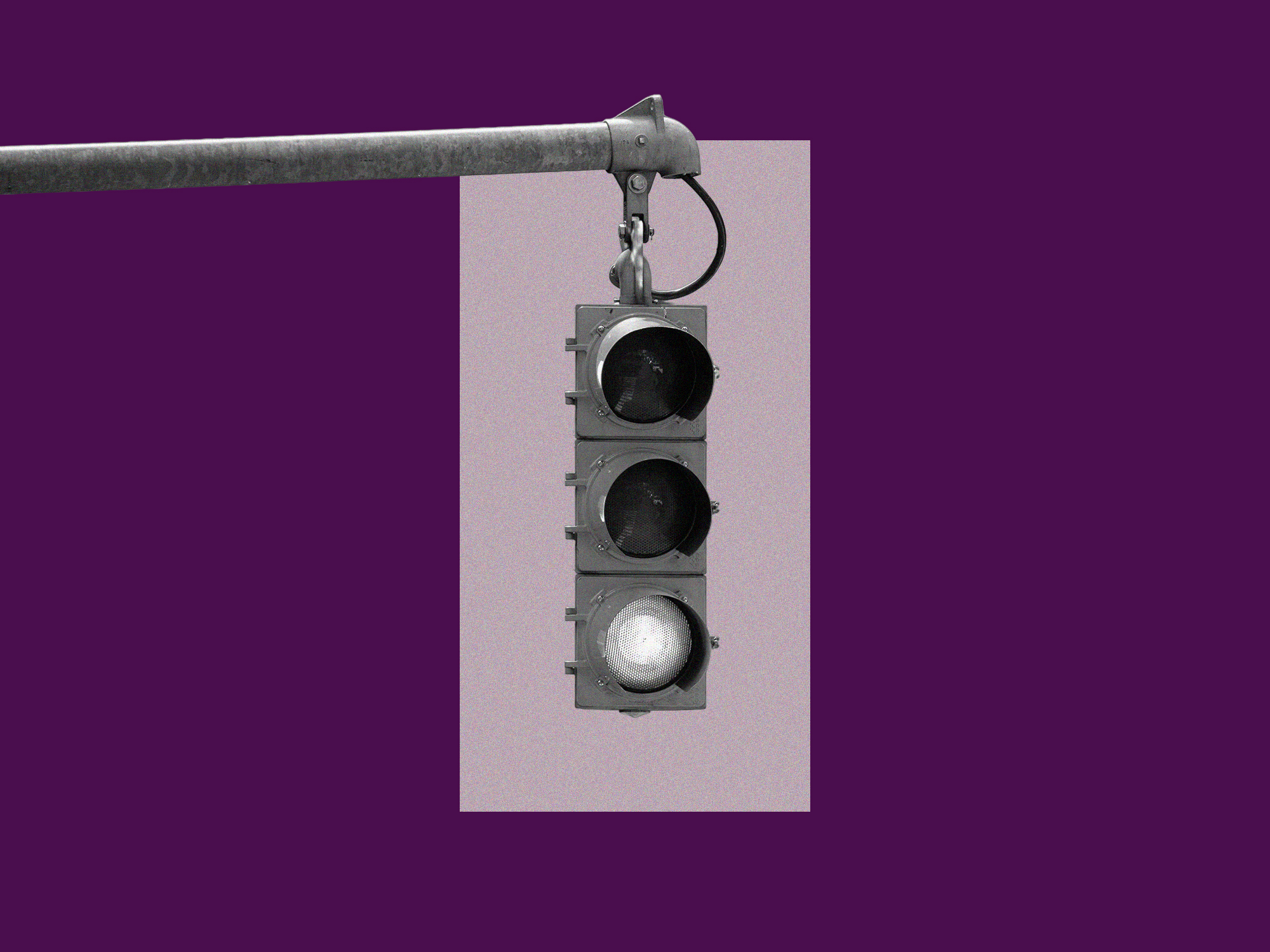Alasdair Drennan is a Senior Associate in Schillings Communications, with a career spanning communications and policy roles across various government departments, primarily in the Home Office.
Security, safety and a proactive communications strategy are not natural bedfellows. In fact, declining to comment on security matters is a well-worn response to almost any question an organisation could be asked about their security arrangements. It is often the correct approach, but not always.
Careful, well-considered communications activity has a part to play in keeping an organisation safe and secure.
This does not mean revealing sensitive information. Rather, it is deliberately, and strategically, choosing if, when and how to communicate.
This is often easier said than done. Declining to comment because of an ongoing investigation is straightforward. Making no mention of physical security on a corporate website seems easy.
It’s difficult for time-poor communications professionals to bring the correct teams together to integrate security and communications strategies. But this integration creates opportunities to strengthen security, and enhance an organisation’s overall brand. After all, customers who feel safe and secure will be happier because of it.
What does this look like in practice? Here are three fictional scenarios which show how to strategic communication has a role to play in different security-related situations.
Scenario 1: A picture can speak a thousand words
A large entertainment complex employs a visible security team, dressed smartly and who are willing and able to assist customers with questions. Pictures of the security team, helping customers are posted on the venue’s website.
This reassures legitimate customers enhancing the venue’s standing with their customers and their overall reputation while deterring hostile actors, both in person and online.
"Communications is much more than the written word –any outward display or action on behalf of an organisation or individual sends a message. "
Scenario 2: ‘No comment’ is not the only way out
A media outlet asks a retailer what they are doing about a prolific shoplifter who has gloated online that they go totally unchallenged. A police investigation is underway and so the usual approach would be to decline to comment. However, without commenting on the individual, the supermarket issues a statement which makes clear they work closely with the police and that anyone who decides to shoplift should expect to be identified.
They invite the media outlet to see the advanced technology being used to identify shoplifters and share case studies where individual shave been successfully prosecuted. As a result, the brand’s integrity is protected, and other prospective shoplifters think twice about targeting that retailer.
"Even in situations where ‘no comment’ is the right response, strategically saying something broader is still an option and could yield results. "
Scenario 3: The power of silence
The security team responsible for protecting a high-profile secure building has attracted ill-informed speculation about that building’s security arrangements. Social media posts offer a jumble of theories about how the team operates, how many of them there are and what role they play as well as speculating about hidden security measures which could exist to protect this top-secret building.
The communications team could team step in and clarify the security arrangements, setting the story straight. Or they could point out that any reporting and commentary about security arrangements is unhelpful and could undermine them. However, they decide not to do this. Rather than being a cause for concern, the inconsistency across different posts helps to obfuscate the reality to anyone with a hostile motive carrying out research online.
"Here, choosing not to communicate about security could enhance it."
Guiding principles
When considering how best to integrate communications and security - and unlocking the opportunities that this creates - these are some guiding principles to keep in mind:
1. Consider communications in its broadest sense.
- Any action has communicative value. The uniform of the security team or the visibility of a CCTV camera is a piece of communication in and of itself. Take a maximalist approach and consider as many different avenues for communication as possible. Using communications as a tool to enhance security is about much more than responding to media enquiries.
2. Once something has been said and is percolating around the internet it cannot be undone.
- It would be unwise to start talking about the location of a safe in a media interview or leave a password visible on a post-it in the background of a corporate photograph. Set some objectives and have a clear strategy to guide all of your communications activity.
3. Taking a new approach to communicating about security can cause nervousness.
- Involve both communications and security teams in any decisions, and to enter into the discussions with an open mind. Iterating the approach over time - starting small, evaluating effectiveness and then building - can help to make everyone comfortable with the new approach.
When it comes to security, deciding to whether or what to communicate should always be intentional. Don’t let the “the way we’ve always done it” get in the way of new opportunities to communicate, securely.
.svg)





